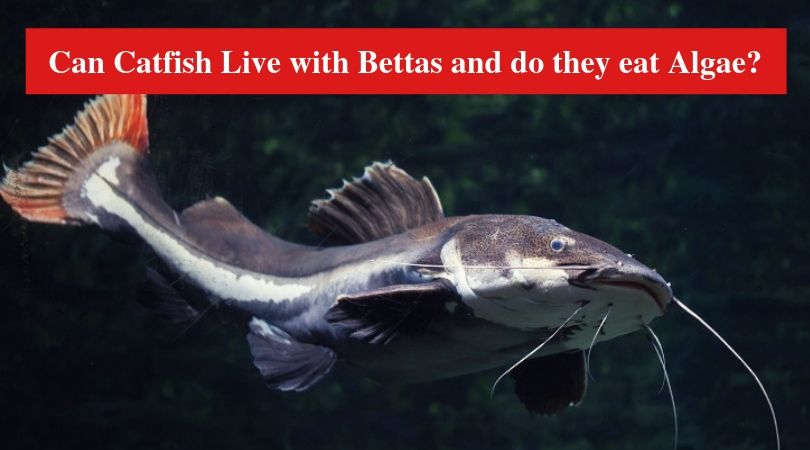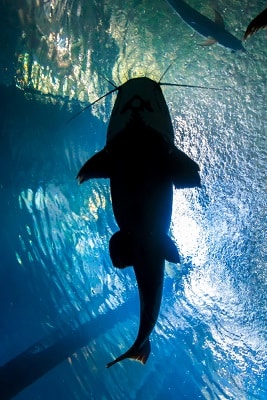
Catfish grow very large, some of the biggest flathead catfish species, which are very common, weigh about 55kg, or more. At this size, it is going to be difficult to raise catfish with a small sized fish such as the Bettas.
Bettas are beautiful ornamental fish that are raised and sold to owners of aquariums. The bettas have many bright colors, markings, and a uniquely shaped tail. The Bettas are classified as members of the Gourami fish family.
Can Catfish Live with Bettas and do they eat Algae?
In the water Bettas glide around almost majestically, searching for food or playmates. The Bettas are also known to be quite territorial; the make Bettas can show signs of aggression when other fish come around their territory in the aquarium.
The aggressive tendency of the Bettas is also a point to note when considering raising this fish species with the catfish.
Catfish are also known to be invasive and aggressive species, they show these tendencies during feeding times, and when they feel threatened. Catfish can also attack and feed on smaller fish. These attributes are seemingly unfavorable for a proposal to raise catfish and Bettas in one pond.
However, there is a solution if this combination must be done in a fish tank. There are smaller species of catfish that show docile tendencies in the water, especially when put in tanks with other fish species. One of such catfish species is the glass catfish.
The idea is to leverage our information about both fish species. The catfish are known to be bottom feeders and rarely come to the surface of the water except there is a chance of being fed. On the other hand, bettas are predominantly in the upper part of the water.
With this information, it is possible to introduce both fish species in the same tank, the catfish can thrive at the bottom and Bettas above, in the fish tank. It is important that you observe the reactions and behavior of both fish species over time to prevent any unwanted developments.
Do catfish eat algae?
Bigger species of catfish such as the flatheads are not particularly algae eaters; however, smaller species such as the twig catfish are a favorite for fish tanks and aquariums because they consume a lot of algae.
This preference by the twig catfish is a helpful characteristic that can keep the inner parts of the fish tank clean. However, to get the desired results, you may need to introduce many twig catfish into the aquarium, to ensure the space is free from algae.
There are some indications that twig catfish can switch its preferences for the food you throw into the fish tank. This can be a bother if they do not keep the fish tank clean. It is best that you observe their feeding behavior to ensure additional food will not discourage the little catfish from consuming any traces of algae.
Farmers also use the algae eating catfish to keep their ponds clean. The fresh water in a fish pond can sustain the development of more fish if it is free from an overgrowth of algae.
